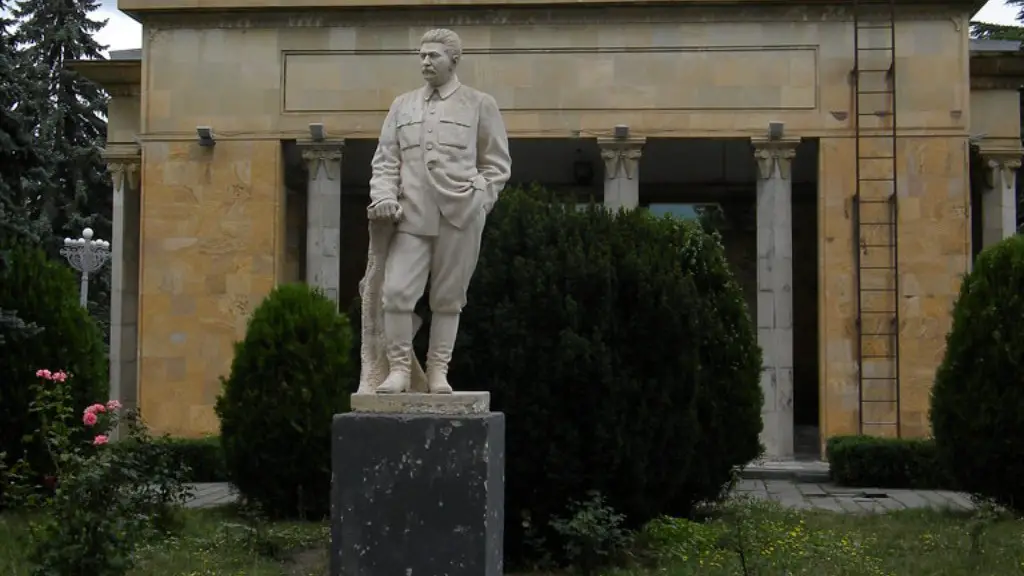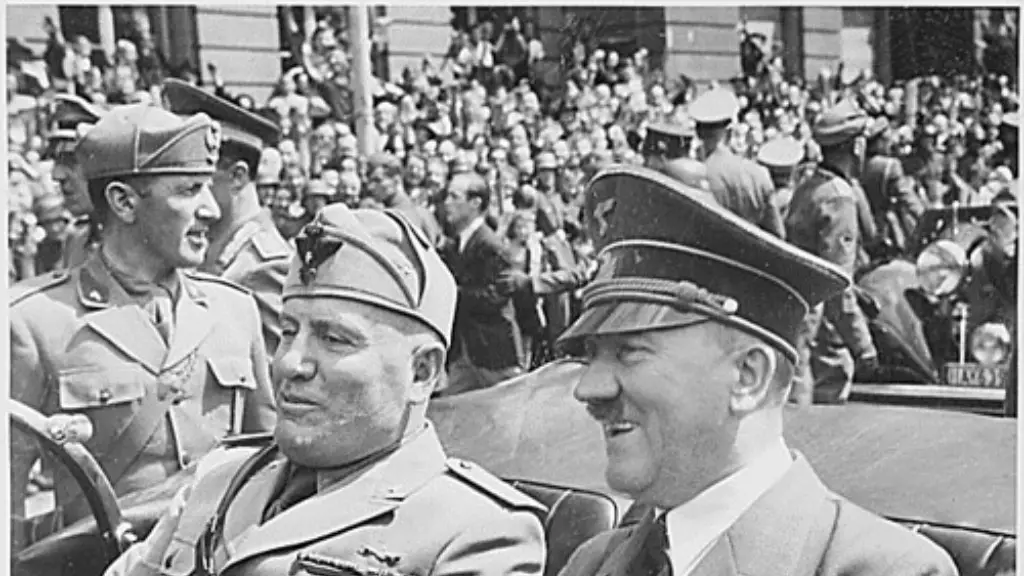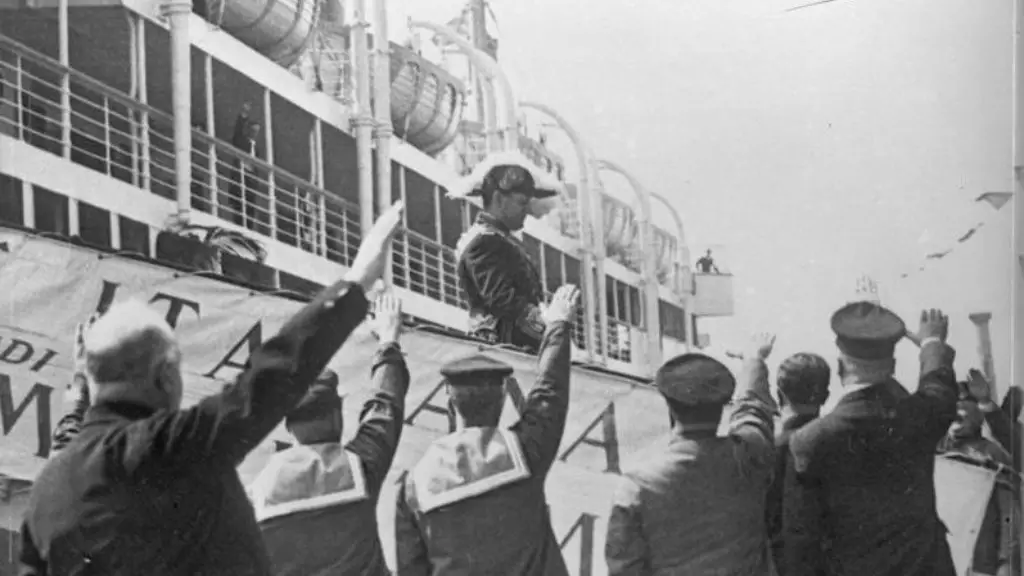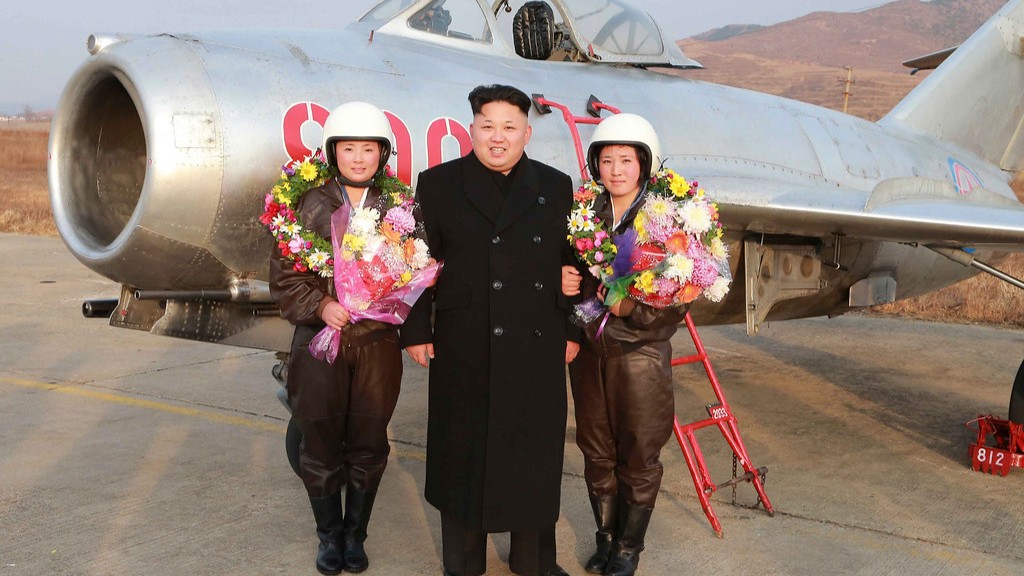Saddam Hussein was an Iraqi dictator who was overthrown by the United States in 2003. He was hanged in 2006 for his crimes against humanity.
Saddam Hussein was captured on December 13, 2003.
When did the US take out Saddam Hussein?
Saddam Hussein was captured on December 13, 2003 after spending nine months on the run. Saddam’s downfall began on March 20, 2003 when the United States led an invasion force into Iraq to topple his government, which had controlled the country for more than 20 years.
The Iraq War was a devastating conflict that lasted for over a decade. Tens of thousands of people were killed, wounded, or affected by the conflict. More than two million people were displaced, as well. The primary rationalization for the war was articulated by a joint resolution of the United States Congress known as the Iraq Resolution. The US claimed the intent was to “disarm Iraq of weapons of mass destruction, to end Saddam Hussein’s support for terrorism, and to free the Iraqi people”. However, many critics argue that the true motivations for the war were more geopolitical in nature, such as securing access to oil resources or establishing a presence in the Middle East.
How did Saddam Hussein come to power in 1979
Saddam Hussein was the president of Iraq from 1979 to 2003. He was deposed in the 2003 invasion of Iraq and was sentenced to death in 2006.
Saddam was born in Tikrit, Iraq, in 1937. He joined the Ba’ath Party in 1957 and took part in a failed assassination attempt against the then-Iraqi president, Abdul Karim Qassim, in 1959. Saddam fled Iraq and spent time in Egypt and Syria before returning to Iraq in 1963.
Saddam played a key role in the 1968 coup that brought the Ba’ath Party to power in Iraq. He became vice president in 1969. In 1979, Saddam became president after the death of president Ahmad Hassan al-Bakr.
As president, Saddam Hussein was brutal dictator. He used chemical weapons against his own people, as well as against Iran during the Iran-Iraq War (1980-1988). He also invaded Kuwait in 1990, leading to the first Gulf War (1991). After the Gulf War, Saddam was forced to comply with UN weapons inspectors, but he repeatedly thwarted their efforts. In 2003, the US and its allies invaded Iraq, overthrowing Saddam’s regime. Saddam was captured in December 2003 and was tried
The United States based most of its rationale for the invasion on claims that Iraq had a weapons of mass destruction (WMD) program and posed a threat to the United States and its allies. Additionally, some US officials accused Saddam of harbouring and supporting al-Qaeda.
Did the US catch Saddam Hussein?
Saddam Hussein, the deposed president of Iraq, was captured by the United States military forces in the town of Ad-Dawr, Iraq on 13 December 2003. Codenamed Operation Red Dawn, this military operation was named after the 1984 American film Red Dawn.
The United States imported an average of 157,000 barrels of petroleum per day from Iraq in 2021. This accounted for approximately 5% of total U.S. petroleum imports for the year. The majority of Iraq’s crude oil exports are shipped to Asian countries, with the United States being one of the largest importers. Iraq is a major producer of crude oil, and its exports play a significant role in the global oil market.
Who owns Iraqi oil now?
The Rumaila oil field is owned by Iraq, but is operated by BP and CNPC under the Iraq Producing Field Technical Service Contract (PFTSC). BP has a 476% stake in the project, with CNPC and SOMO each holding 464% and 6% respectively. The oil field is located in the southern part of Iraq and is one of the country’s largest oil fields.
The legality of the 2003 invasion and occupation of Iraq has been widely debated. The then United Nations Secretary-General Kofi Annan said in September 2004 that: “From our point of view and the UN Charter point of view, it [the war] was illegal.” The UN Security Council had not authorised the use of force against Iraq, and several NATO countries (including France, Germany and Russia) had explicitly stated their opposition to the war.
The UK, US and other coalition partners argued that the UN resolutions 678 (1990) and 687 (1991) – which had authorised the use of force to eject Iraq from Kuwait in the first Gulf War – remained in force, and gave them the legal basis for taking military action against Iraq. However, many international lawyers disagreed with this interpretation of the resolutions.
The invasion and subsequent occupation of Iraq led to widespread human rights violations, and the death of hundreds of thousands of Iraqis. In the light of these facts, it is clear that the illegal war on Iraq was one of the worst episodes in recent history.
Why did Saddam Hussein invade Iran in 1980
Saddam Hussein’s decision to invade Iran in 1980 has been ascribed to two main motives. One motive is that he invaded for geopolitical gain when international factors worked in his favor. The other is that he invaded to prevent Iran from fomenting revolution in Iraq.
The occupation of Iraq was a contentious and polarizing issue both domestically and internationally. Supporters of the war argued that it was necessary to remove a tyrannical dictator and bring democracy to Iraq, while opponents argued that the war was illegal and unjustifiable. The occupation saw a significant increase in violence and terrorism, as well as a rise in sectarian tensions. Ultimately, the withdrawal of US troops in 2011 left Iraq in a fragile and unstable state.
How did Saddam Hussein start the Gulf War?
The conflict began when Iraq, under the leadership of Saddam Hussein, invaded and annexed Kuwait. Saddam was seeking to take advantage of Kuwait’s small size and lack of military power, as well as to reduce Iraq’s own economic problems. Kuwait’s main ally, the United States, responded to the invasion by organizing a coalition of forces from more than two dozen countries, including several Arab states. This coalition then launched a massive air campaign against Iraq, which was followed by a ground invasion of Kuwait and Iraq. After a few weeks of fighting, Iraq was forced to withdraw from Kuwait, and the Persian Gulf War came to an end.
ultimately, American involvement in the Iran-Iraq war exacerbated the already bloody conflict and further contributed to lasting political insecurity in the region. Iran’s support of the Kurds were just one part of Saddam Hussein’s concern.
Who started the Iraq War
US President George W Bush started the Iraq War on March 17, 2003. Bush declared an end to diplomacy and issued an ultimatum to Saddam Hussein, giving the Iraqi president 48 hours to leave Iraq.
The number of United States troops who have died fighting the wars in Iraq and Afghanistan had passed 7,000 at the end of 2019. This is a terrible human cost, and our thoughts and prayers are with the families and friends of those who have been lost. Approximately 177,000 national military and police from Afghanistan, Pakistan, Iraqi, and Syria allies have also died. Western allies have also borne high human costs. We must all work together to bring an end to these conflicts, and to bring peace and stability to the region.
Why did the U.S. execute Saddam Hussein?
Saddam was executed by hanging on December 30, 2006 after being convicted of crimes against humanity following his trial and conviction for the illegal killings of 148 Shi’ites in the town of Dujail in 1982. Saddam’s execution was carried out in accordance with Iraqi law and was witnessed by a number of Iraqi officials.
The 2003 invasion of Iraq was a United States-led military campaign that started on 20 March 2003 with the aim of deposing the Ba’athist government of Saddam Hussein and occupying the country. The campaign lasted until 1 May 2003, when Saddam’s government was deposed and Iraq was occupied by the US-led coalition. The Iraq War, which followed the invasion, lasted until 2011.
Warp Up
Saddam Hussein was captured by U.S. forces on December 13, 2003.
The answer to this question is still unknown.





